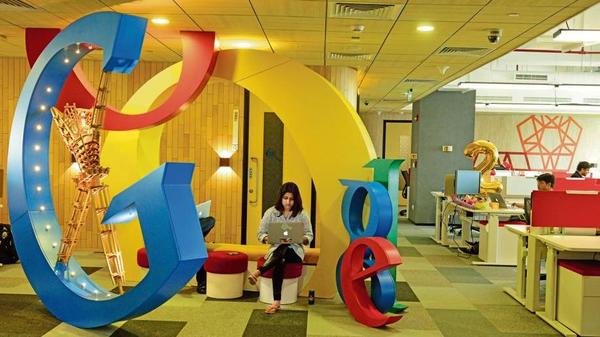

nTopology’s Brad Rothenberg with a bracket for a space satellite designed on nTop’s software by Zenith Tecnica of New Zealand.
COURTESY OF NTOPOLOGY
Brad Rothenberg, the 34-year-old cofounder and CEO of software startup nTopology, is obsessed with using mathematics to improve design. Using advanced computations, his nTop engineering software has created brackets for space satellites and spinal cages for use in back surgery. NTopology’s customers include Lockheed Martin, Daimler, Disney and the U.S. Department of Defense.
“The big customers are seeing success with the software and they want to deploy it faster and quicker,” Rothenberg told Forbes. “The engineering software space is traditionally run by these big incumbent companies with 40-year-old technologies.”
Today, nTopology said that it had raised $20 million, led by early-stage VC firm Canaan, to further expand its design capabilities and increase its customer base. That brings nTopology’s total funding to $31 million, at a valuation of some $90 million.
NTopology is part of an emerging industry that’s working on next-generation design that includes startups like Frustum, acquired by publicly-traded PTC last November for $70 million, as well as efforts by industry giants like Autodesk and SolidWorks. A big push for the new design software has come from 3D printing, which enables parts to be lighter, less expensive and more efficient than would have been possible with other processes. But only by reinventing design can engineers take full advantage of 3D printing’s capabilities.
Before cofounding nTopology in 2015, Rothenberg, who has a bachelor’s degree in architecture from Pratt Institute, worked as a consultant to Lockheed Martin. While there, he immersed himself in the design difficulties of making complex parts and co-authored a paper for SPIE, the International International Society for Optics and Photonics, on the “optomechanical performance of 3D-printed mirrors with embedded cooling channels and substructures.”
In simple terms, the problem, he explained, is that the original CAD software, which was designed to replace drafting and drawing in the 1960s, has been surpassed by today’s engineering complexity. CAD software, like that from Autodesk and SolidWorks, works in 2D, representing objects as a mesh of smaller polygons that extrapolates out to 3D for manufacturing, rather than designing in three dimensions. “When you represent a part in CAD, you only represent the boundary, not the actual structure,” Rothenberg said. What that means is that factors like strength and thermodynamics aren’t factored in, resulting in designs that need to build in a large safety net.
With nTop software, equations represent a 3D solid—from any point in space, it can query the exact distance to its shape—allowing for more complicated parts. These include the lattice structures and foams that are common in 3D printing as well as higher-performance designs for forged parts. While nTopology is small (its revenue last year was just more than $1 million), it already has customers in aerospace and defense, medical devices and consumer electronics—and there’s huge opportunity for growth in the $13 trillion global manufacturing industry.
“For aerospace, it’s been a game-changer,” said Jeff Wilcox, vice president of enterprise transformation at Lockheed Martin, which is both a customer and an investor. NTopology’s software allows Lockheed Martin’s engineers to account for heat flows, such as need to be taken into account for a re-entry vehicle, and to understand how radio signals interact with a structure, he explained. Without those capabilities, “you’d have to overdesign,” he said, “and now you can be smarter.”
For engineers, used to overcompensating and spending weeks or months redoing designs, that’s a big deal. Canaan general partner Hrach Simonian, a former laser researcher at Northrop Grumman who led the new investment, was connected to Rothenberg by a friend at Root Ventures, an earlier investor in nTopology. “He knew I would get it right away,” Simonian said. “I was in missile defense at Northrop, and I understood the pain of the engineer so it was an easy sell for me.”
One of the problems, he said, is that CAD software works best for modeling smaller objects, but more intricate parts result in giant file size that slows the software down. “Ntop is a completely new way of modeling something. Any object can be described by one huge mathematical model,” Simonian said. “The beauty of that is that the object can be infinitely complex.”
With the new funding, both Simonian and Carl Bass, former CEO of Autodesk, have joined nTopology’s board of directors. They’ll serve alongside earlier investors Avidan Ross, founding partner of Root Ventures, and James Hardiman, a partner at Data Collective.
[“source=forbes”]





